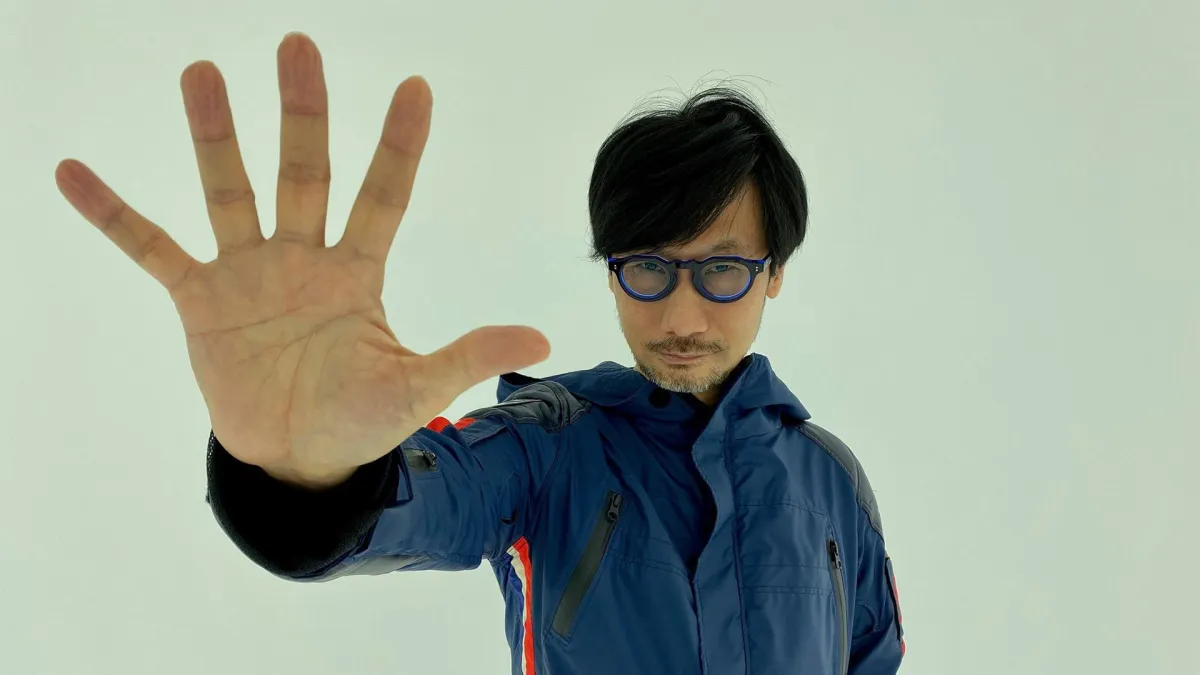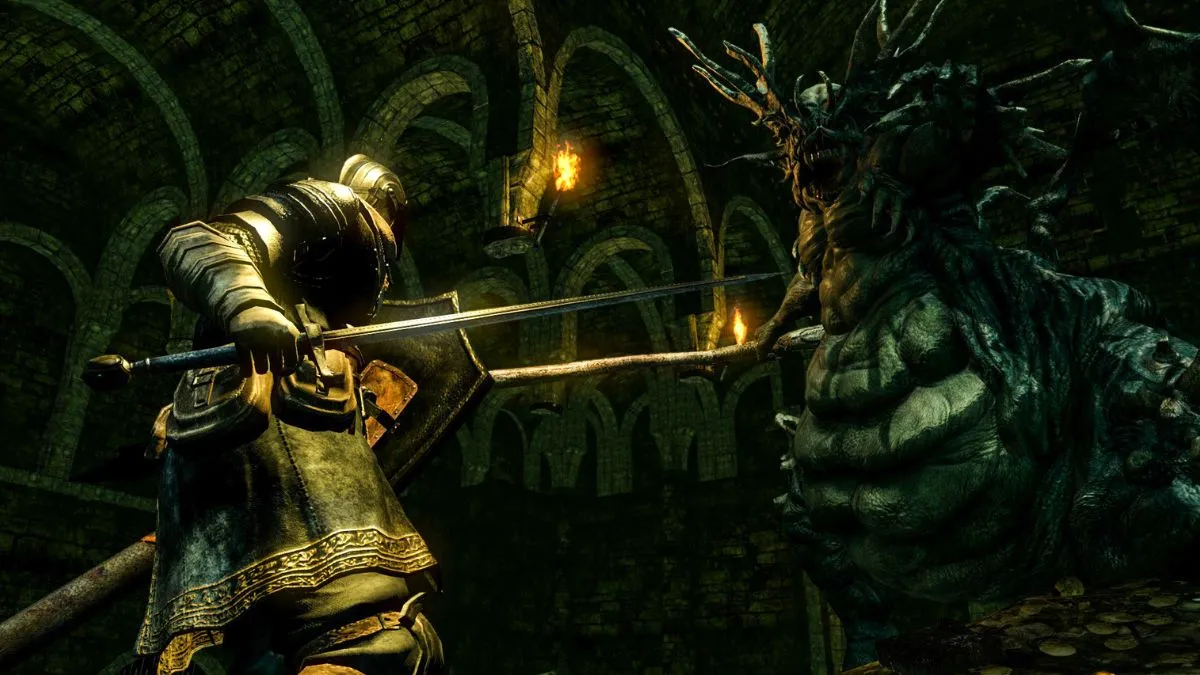Hideo Kojima has had one of the biggest impacts on video games and how we play today. His games have consistently raised the bar to the point where people play Kojima games because of the man himself. So, let’s take a look at every Hideo Kojima game since the very first.
I’m only counting games that Kojima was heavily involved in, so his early collaborations or ports made without him don’t make the cut. All of the games below are Kojima games in the same way that Tarantino movies are the ones directed by him.
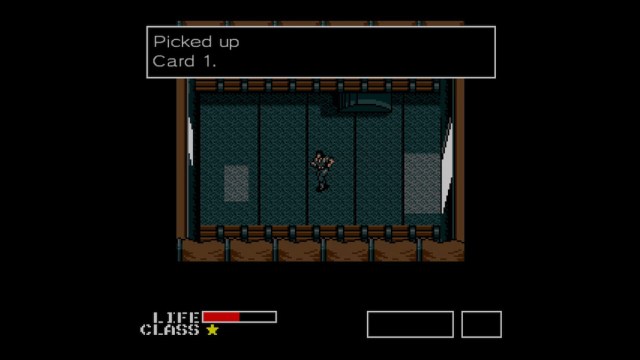
1987 – Metal Gear
Released on the little-known MSX2 console, Metal Gear is the first game that Hideo Kojima had full control over as the director while also contributing as a designer and writer. Metal Gear changed the face of the stealth genre and put it on the path to where it is today. Although Metal Gear was later released for the Famicom (NES), that version contained extra levels and changes that weren’t overseen by Kojima.
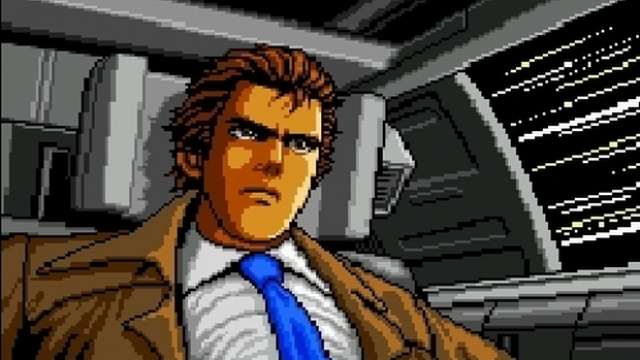
1988 – Snatcher
Snatcher is Kojima’s take on the cyberpunk genre, with similarities to Blade Runner and Akira. It’s a visual novel/graphic adventure game in a similar style to modern games like Phoenix Wright. The player-controlled character, Gillian Seed, hunts for human-looking robots called Snatchers that have taken the place of humans. I did say it’s similar to Blade Runner.
The game was originally a Japan exclusive on the PC-8801 and MSX2 in 1988 before coming to the PC-Engine in 1992, and the US/Europe on the Sega CD in 1994, as well as the PlayStation and Sega Saturn in Japan in 1996. Despite its positive reception, it hasn’t received a modern re-release.
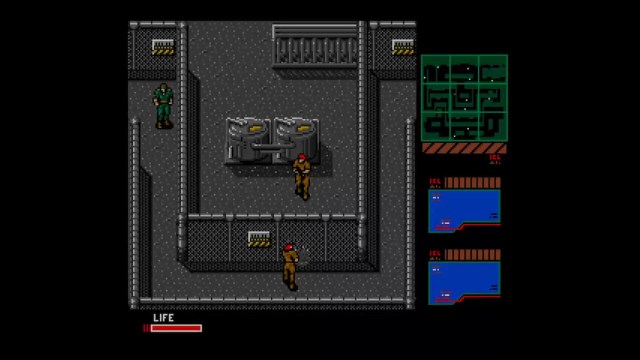
1990 – Metal Gear 2: Solid Snake
The Kojima sequel to Metal Gear wasn’t the first sequel to the original game. Konami had tasked other developers with creating a sequel, Snake’s Revenge, for the US and Europe. Rumor has it Kojima wasn’t aware, and after he found out the game was in development, he was asked to create his own sequel, which became Metal Gear 2: Solid Snake and was originally only released in Japan. The two sequels were released within months of each other, albeit not in the same countries.
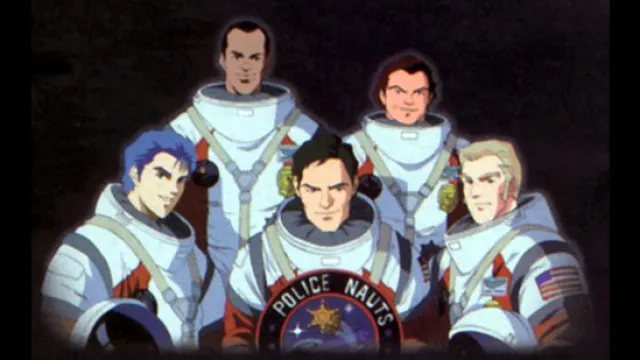
1994 – Policenauts
Another graphic adventure game that Kojima first got the idea for while developing Snatcher, Policenauts is a hard sci-fi police story set in the far-off years of 2013 and 2040 as humanity creates human colonies in space. The game was way ahead of its time in terms of storytelling in video games, something that Kojima has been noted for throughout his career.
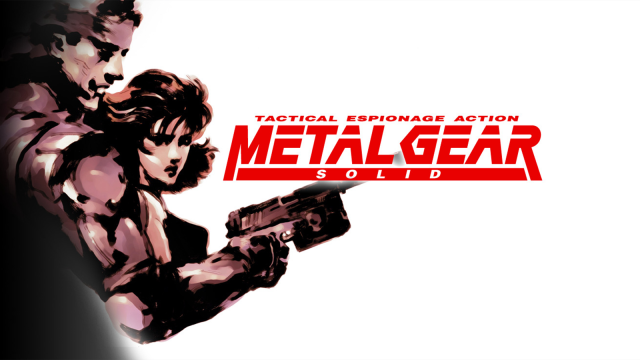
1998 – Metal Gear Solid
There was an eight-year gap between Metal Gear 2: Solid Snake and the release of Metal Gear Solid and a mighty 11 years for Western audiences to wait for another Metal Gear game from Kojima. But it was worth the wait.
The first 3D game in the series, Metal Gear Solid set the blueprint for every MGS game that followed. If you had to choose one game to graphically showcase the jump from the SNES generation to the PlayStation, Metal Gear Solid could be it. MGS is where the stealth gameplay formula and storytelling that the franchise is now known for really started to take shape.
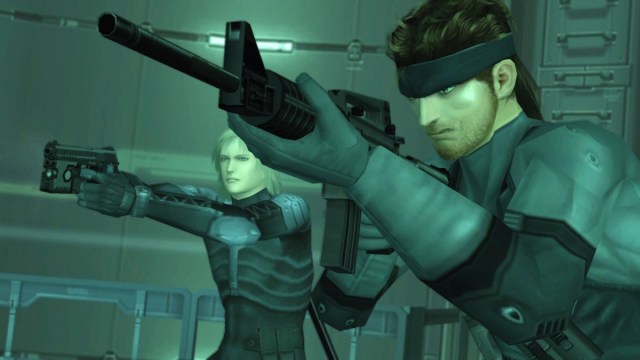
2001 – Metal Gear Solid 2: Sons of Liberty
The highest-rated PS2 exclusive game on Metacritic, Metal Gear Solid 2: Sons of Liberty was an all-around masterpiece of its time. Sons of Liberty successfully built on the groundwork laid by Metal Gear Solid as a technical showcase.
However, the game is perhaps best remembered for its surprise protagonist switch that divided fans. Although the game starts with Solid Snake as the playable character during the prologue, it then switches to Raiden, in his debut, for the rest of the game. Kojima even went as far as having Solid Snake appear in trailers and promotional materials pre-release to trick players and keep the playable character change a surprise. It’s difficult to imagine a game on the scale of MGS 2 getting away with that today.
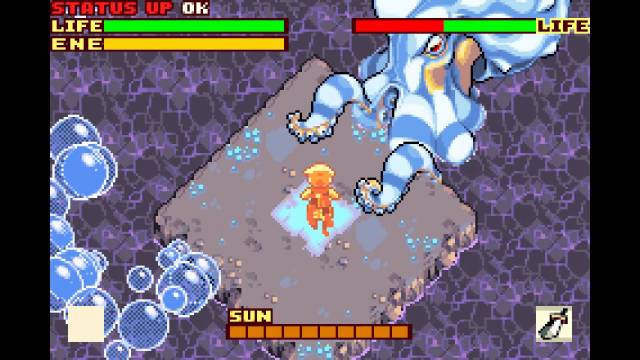
2003 – Boktai: The Sun is in Your Hand
What do you make after creating one of the best games of all time? Why, a family-friendly Game Boy Advance title that requires players to use the sun to charge their virtual weapons, of course.
Although it has a simple-looking outer layer, Boktai: The Sun is in Your Hand is unique even by today’s standards. The game asks players to set their time zone so that it can accurately display, in-game, where the sun is in real-time. The game cartridge then had a light sensor that reacted to the sun and charged your weapons. If you run out of charge and it’s night? You’ll need to avoid enemies or get to a Solar Station in the game to charge them. That’s pretty darn impressive for a Game Boy Advance game.
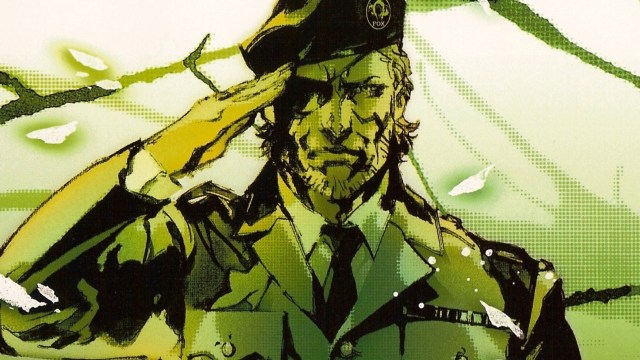
2004 – Metal Gear Solid 3: Snake Eater
Chronologically, the earliest game in the Metal Gear Solid franchise, Metal Gear Solid 3: Snake Eater, had a lot to live up to following Sons of Liberty, and boy did it. Snake Eater went back to the Cold War era of the 1960s to tell the early story of Big Boss when he was known as Naked Snake. Although, like Sons of Liberty and Raiden, Kojima was coy about the fact pre-release.
The jungle setting was a big change from prior games and allowed players more freedom. The idea with Snake Eater was for players to have to work their way to the enemy base from a starting point far away. This was combined with a more in-depth health system that requires players to maintain Snake’s health, energy, and specific injuries, such as broken legs, that affect gameplay.
One area of Snake Eater that received criticism at the time was the camouflage system that gave a hard number to the player’s visibility. 100% camouflage means you’re essentially invisible, and the number scales down to 0%, i.e., visible. Players have to match their camo pattern and other elements to the surroundings as they’re playing to manage stealth. It was an interesting idea but not one that was wholly appreciated at the time.
The fan favorite is currently getting the remake treatment with Metal Gear Solid Delta: Snake Eater, announced for current gen consoles in May 2023. It’ll be interesting to see what, if anything, is done with the camo system in that game.
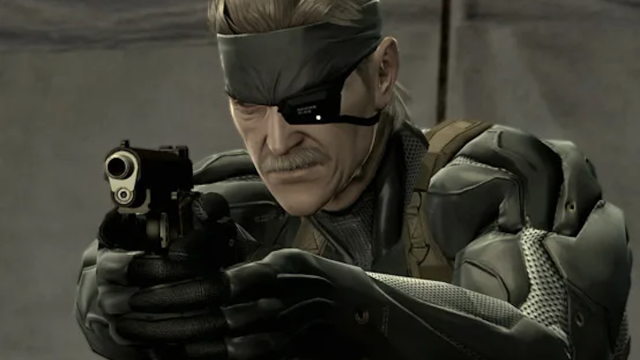
2008 – Metal Gear Solid 4: Guns of the Patriots
Originally, Kojima wanted to retire from directing the Metal Gear Solid series after Snake Eater, but just when he thought he was out, the fans pulled him back in. It was worth it, too, Metal Gear Solid 4 was released two years into the PlayStation 3’s life cycle, and it immediately set a high watermark for other games to beat as, to this day, the fourth highest-rated PS3 exclusive on Metacritic.
Guns of the Patriots is a love letter to fans of the series with cutscenes that you need to be a fan to love. The epilogue cutscene alone clocks in at over an hour in length. Though the game is the conclusion to Solid Snake’s story, so it’s not exactly surprising.
Gameplay-wise, MGS 4 builds on Snake Eater by introducing OctoCamo and the Psyche system. The OctoCamo, as the name suggests, changes dynamically to match the player’s surroundings, like an octopus.
Meanwhile, the Psyche meter brings a battlefield psychology aspect to the game. Like the various health aspects in Snake Eater that had to be managed, the Psyche meter must be managed by reducing Snake’s stressors. These could include being hunted and killing too many enemies. Using non-lethal methods on enemies reduces the meter, and if it gets too full, Snake can have trouble aiming or pass out.
In many ways, Metal Gear Solid 4 was ahead of its time, but unfortunately, the only way to play the game is to jump back into the past and dust off a PS3.
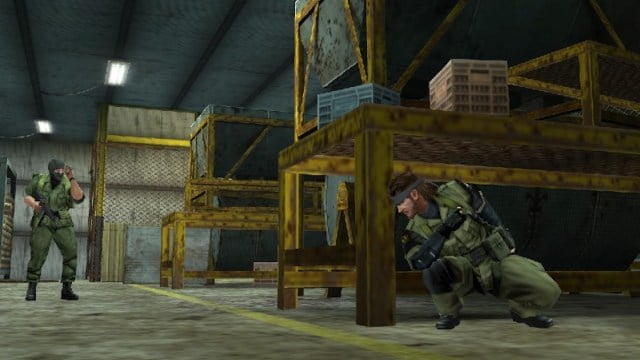
2010 – Metal Gear Solid: Peace Walker
Metal Gear Solid: Peace Walker wasn’t the first portable Metal Gear game, but it was the first and only portable Metal Gear game to be classed as a Hideo Kojima game. The man himself directed, designed, co-wrote, and produced the game, which put it on the same level as the other numbered entries in the series.
Peace Walker is a real Metal Gear Solid game in every sense, and it made the PSP shine. It’s a direct sequel to Snake Eater and continues the Big Boss story, which makes it the mid game in the Snake Eater, Peace Walker, The Phantom Pain storyline. The game was later included in the Metal Gear Solid HD Collection on PS3 and Xbox 360 for home console fans.
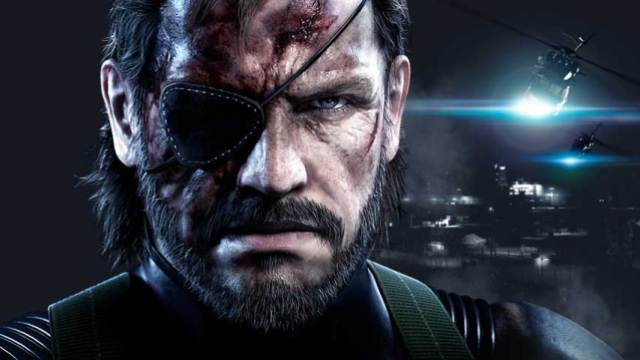
2014 – Metal Gear Solid V: Ground Zeroes
Ground Zeroes serves as a prologue to Metal Gear Solid V: The Phantom Pain, which was released the year after. Prologue is the right word for it, too; it’s possible to complete the main story in just a couple of hours. Despite its short length, the game showed off a lot of what was to come in The Phantom Pain.
Today, Ground Zeroes can often be found bundled with The Phantom Pain, so you can get the full Metal Gear Solid V experience in one package.
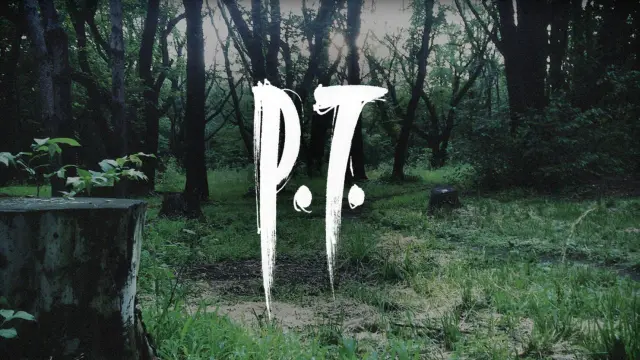
2014 – P.T.
The one that never was, P.T., was released as a teaser for an upcoming but later canceled Silent Hill game from Hideo Kojima and Guillermo del Toro. It makes the list because P.T. was a full, albeit short, at 1.5 hours, game. It’s widely regarded as one of the best horror games ever but, unfortunately, was removed from the PlayStation Store in 2015. Konami also made the infamous move to make it so that the game could never be re-downloaded.
That means the only way to play the game is by buying a PS4 with it already installed.
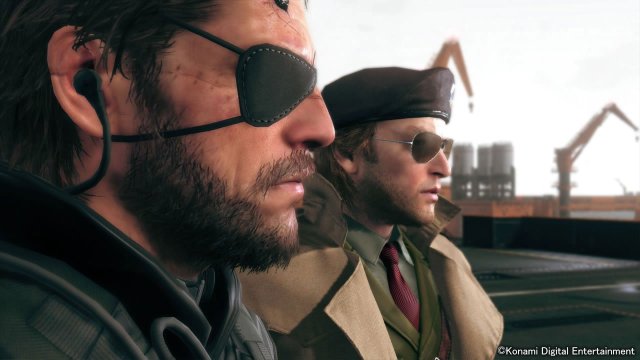
2015 – Metal Gear Solid V: The Phantom Pain
For those who enjoyed Ground Zeroes, The Phantom Pain couldn’t come soon enough. The game introduced an open world to the series for the first time, and unlike other franchises that tend to slap an open world into a game, The Phantom Pain did it magnificently. It gave players hundreds of ways to tackle missions and truly enhanced the experience of playing as a stealth operative.
The Phantom Pain is a fitting send-off to one of the greatest gaming franchises of all time. Although it was marred by the rift between Konami and Kojima that developed simultaneously. The long-time partnership came to a bitter end after the release of The Phantom Pain and was so acrimonious that Kojima was barred from attending The Game Awards, where MGS V won for Best Action/Adventure game.
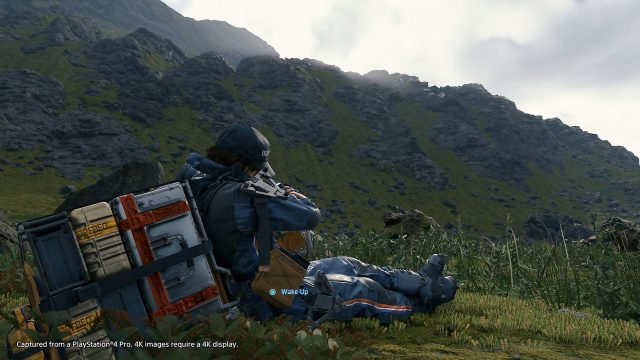
2019 – Death Stranding
Death Stranding is the first Hideo Kojima game to be made after he left Konami and the first game from the now-independent Kojima Productions. The game has a kind of love-it-or-hate-it flavor about it, but those who love it really love it.
It might not be for everyone, but Death Stranding, as Kojima’s first post-Metal Gear Solid title, is a fresh experience and the fourth of his games to receive the coveted 40/40 score from Famitsu. No wonder it’s being made into a film.

